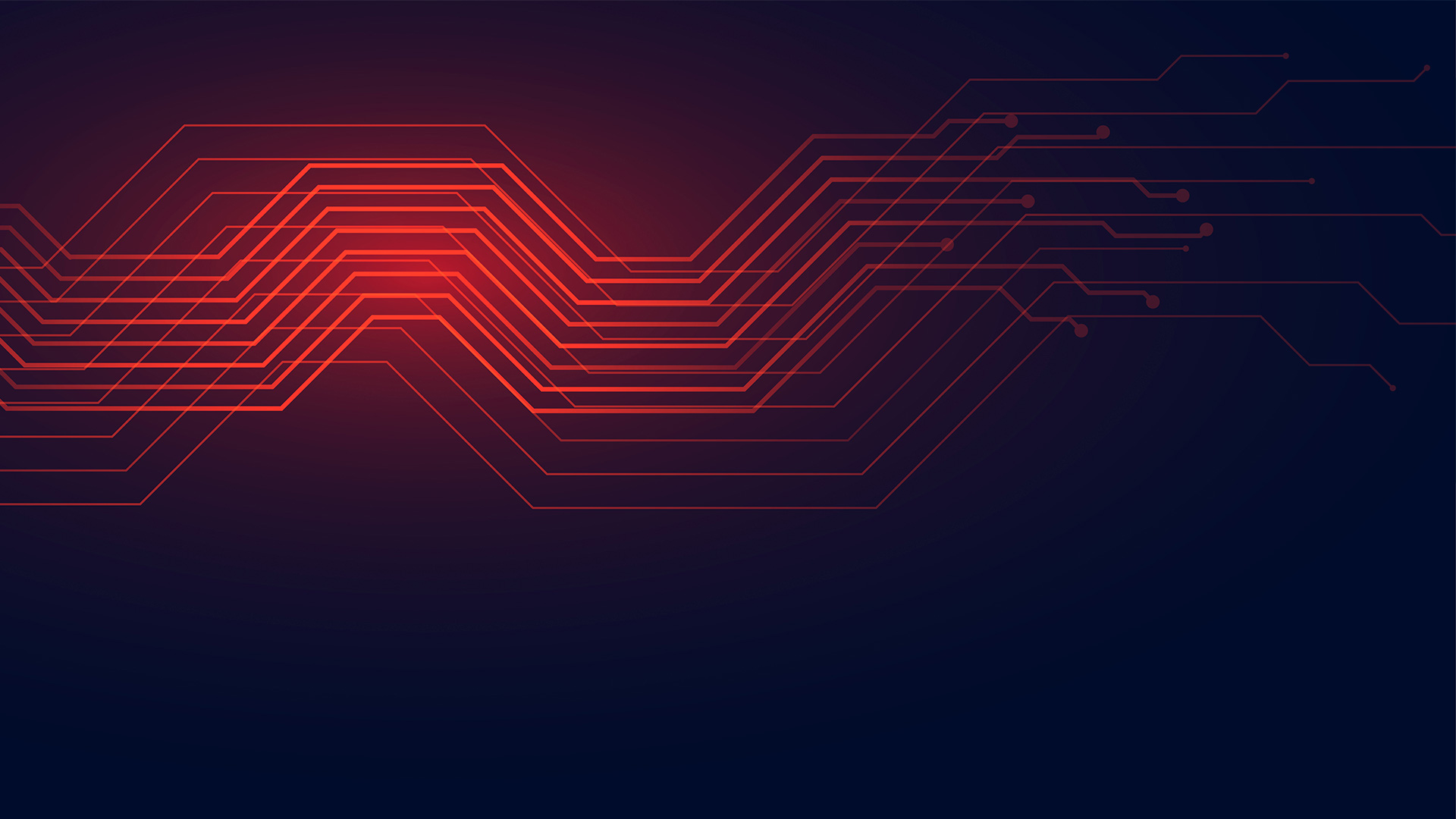Statoil/Equinor is a demanding customers, which means that Specifique constantly has to figure out new and improved solutions to the customer’s needs.
Our first assignment (2003) for Equinor (Statoil) was a classic dialogue mat about the company’s values and how they should be expressed. Eventually, there were developed hybrid solutions where we adopted web-based solutions for joint performance reports (management principles and employee programs), used printable pdfs as the basis for HSE training and “magic pens” that made it possible to convert what was written by hand to digital reports.
It was for Statoil (at the time) in 2010 we first developed our fully digital solution: an interactive touch table. Participants pointed, clicked, moved objects, while simultaneously the illustrations of the vision changed on the screen. Eventually the functionality was similar to that of touch screens used in shopping centres – but in 2010 this was still undiscovered territory. We learned (the hard way) that physical infrastructure is demanding, touch tables in 2×3 metre format were quite inconvenient. Eventually, the electronic and independent learning platform Diggle was introduced, as a direct response to the need to offer digital solutions to customers that can work on a global scale.
Another concrete result of the collaboration was the simulation game “The Future of Energy”, which was completed a couple years later (and for which Specifique won first place in the category “Best Use of Games and Simulations for Learning”). The game is still used today as an integral part of Equinor’s courses, and there are plans to extend its use to broader usage areas.
During Covid-19, the physical format of the course portfolio had to be quickly converted to digital format. During the autumn of 2020, all training courses had been adapted for digital platforms such as Teams. The ambition for experience-based competence development, where dialogue and active reflection alongside colleagues is prioritised, had been reinforced, while new opportunities provided by the digital format (for instance the use of YouTube and digital information platforms) were put to good use. When Equinor reported that we had solved the issue beyond their wildest expectations, we were very satisfied.
With such a long history together, we can challenge each other and help each other improve. But the most important aspect of this relationship is the continuous exchange of knowledge and experience in our joint search for creating the optimal digital learning experience.

